We begin with the United States where even the more dovish Fed officials such as Evans are now preparing the markets for at least two rate hikes in 2016.
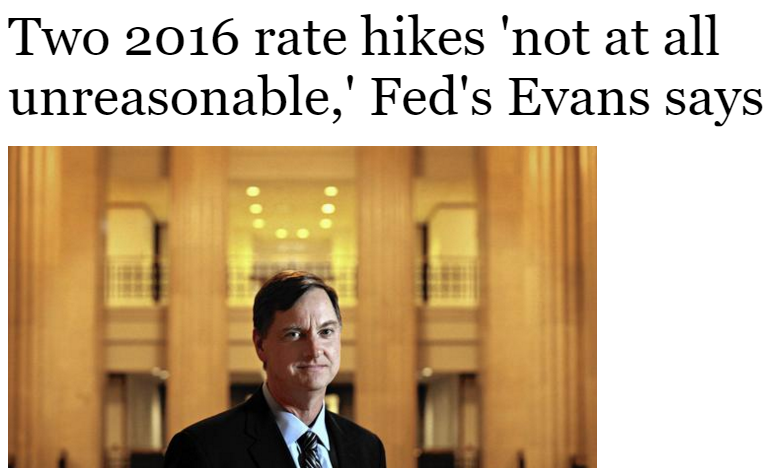
Source: Chicago Tribune
Here is the 10y note futures contract declining in response to this messaging from the Fed.
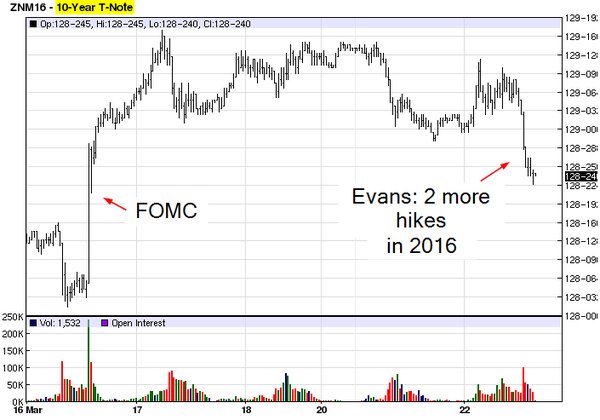
Source: barchart
The market is still assigning a significant probability of one or no hikes (63.5%) – so there is some adjustment ahead once the Fed decides to move.
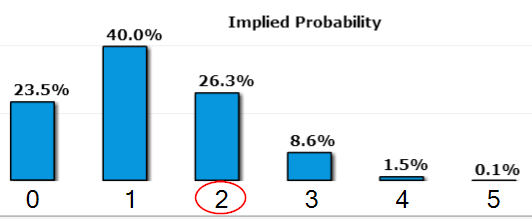
Source: CME
In the meantime the US dollar is starting to gradually rise again.
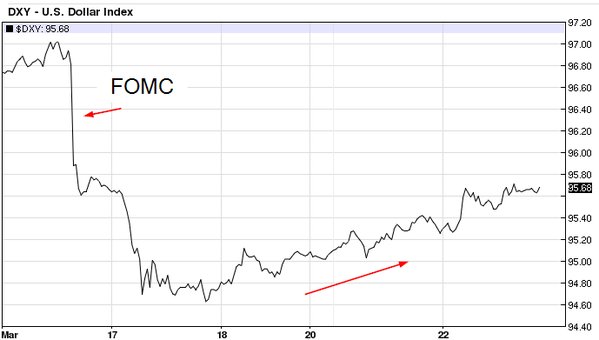
Source: barchart
In other economic developments in the US, the housing market appreciation is now 6% (year-over-year). That’s too high given the tepid wage growth.
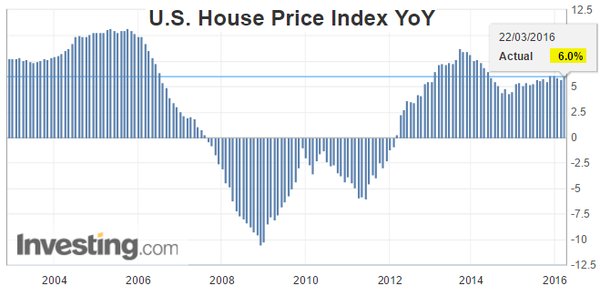
This next chart illustrates why the housing market shouldn’t be growing at this rate. Here is the relative change in house prices vs. wages (1991 =100). This will price a significant number of households out of the housing market.
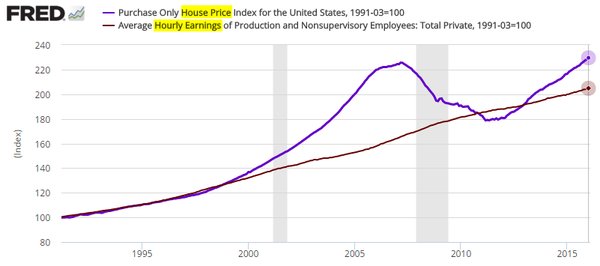
Source: @SoberLook
US manufacturing continues to struggle – below is a nice summary from Markit. The Fed’s upcoming rate hikes (that are likely to result in a stronger dollar) will provide headwinds for the manufacturing sector.
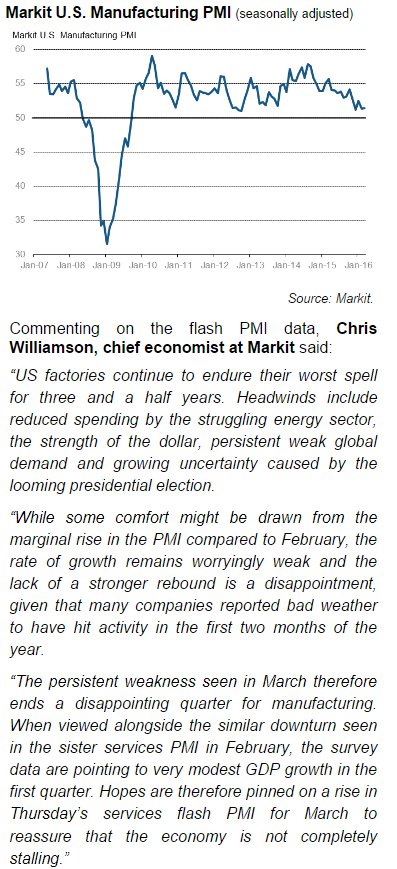
Source: Markit
Speaking of the US dollar, after the recent correction, the long-dollar position is no longer viewed as the most crowded trade. Short emerging markets is now on top.
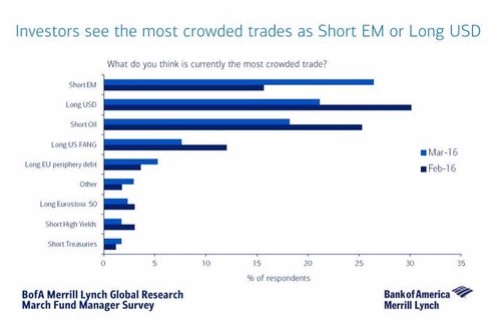
Source: @sobata416, h/t Jake, BAML
Hedge funds and institutional investors have been selling the dollar. Is that unwinding of the long-dollar trade over for now?
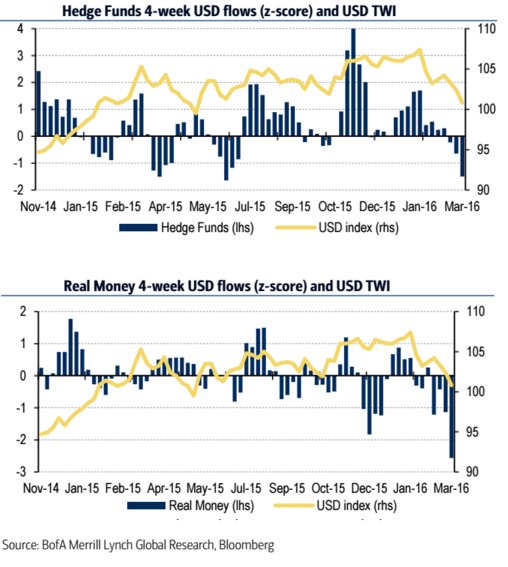
Source: ??@MerrillLynch
Turning to the energy markets, here are some updates.
1. Larger than expected crude oil inventory build last week was offset by a decent size draw on gasoline in storage. As discussed yesterday, US gasoline demand remains quite strong. The second chart below shows gasoline futures rising.
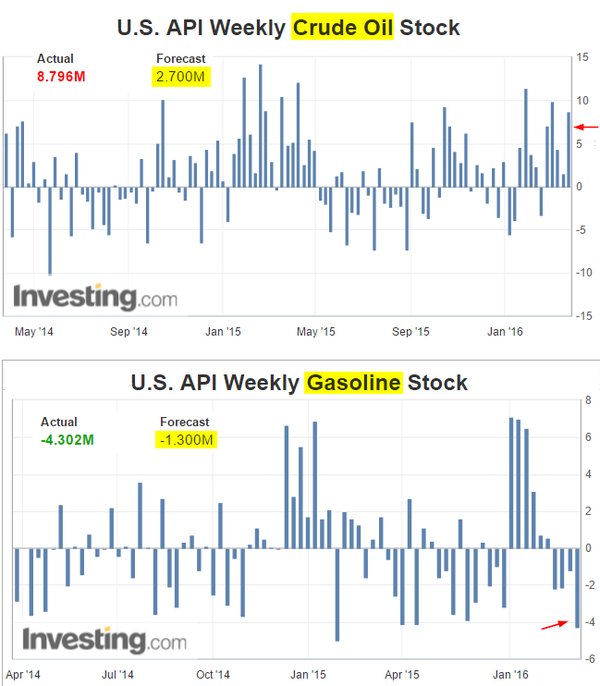
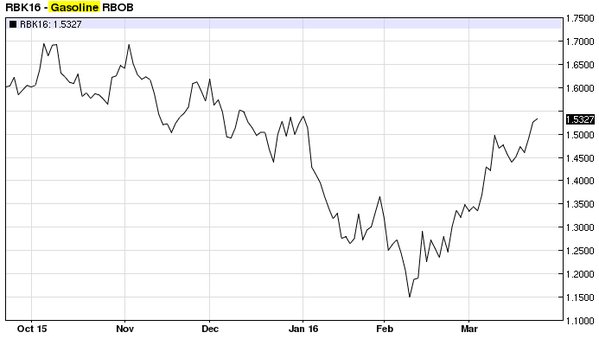
Source: barchart
2. Overall the oversupply situation is starting to look a bit more reasonable. Total US rig count (including natural gas rigs) is at the lows we haven’t seen in a couple of decades.














Leave A Comment